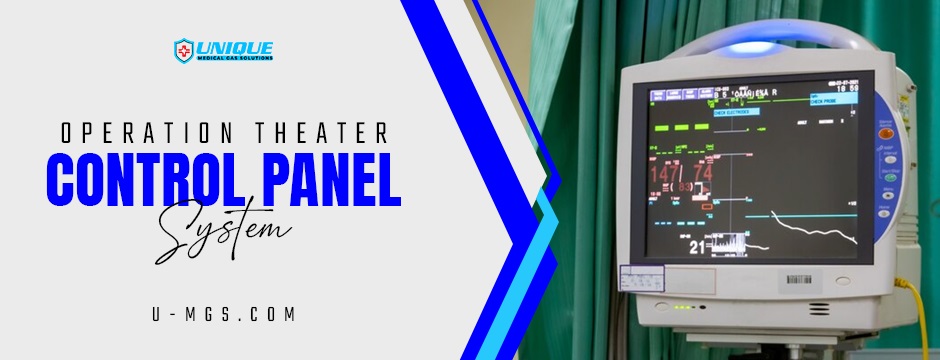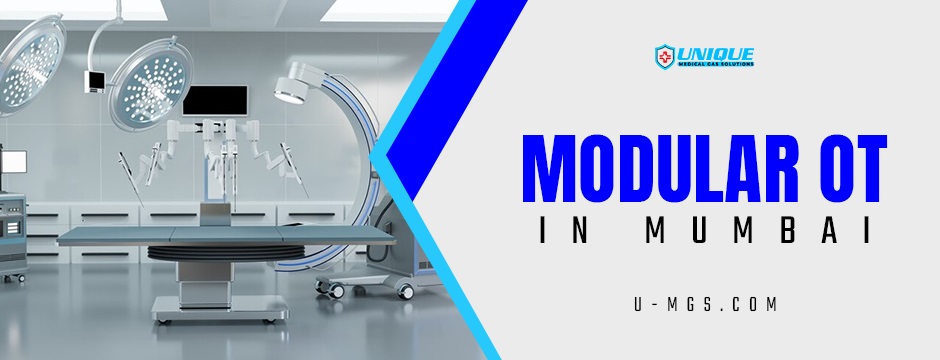In today’s rapidly evolving healthcare landscape, automation plays a critical role in enhancing efficiency, patient safety, and operational precision. Hospitals worldwide are adopting advanced automation systems to streamline their workflows, reduce human error, and optimise resource utilisation. One of the pivotal components in modern hospital automation is the Operating Theatre (OT) Control Panel System. This system serves as the nerve centre for surgical suites, integrating various devices and subsystems to provide seamless control, monitoring, and coordination during critical medical procedures.
The integration of the Operation Theater Control Panel System with broader hospital automation not only simplifies complex operations but also enhances communication between different departments, ensures timely data exchange, and improves the overall surgical environment. This blog explores how OT Control Panel Systems function, the technology behind them, and the crucial role they play in hospital automation. We will also discuss the benefits of integration and how it is transforming surgical care and hospital management.

Hospital Automation and Its Scope
Hospital automation involves the use of technology to perform routine and complex tasks automatically, improving the efficiency and quality of healthcare services. Automation covers areas such as patient data management, inventory tracking, scheduling, diagnostic systems, and operating theatre management.
In this ecosystem, an OT Control Panel System acts as a critical junction that connects surgical activities with hospital-wide information systems (HIS), electronic medical records (EMR), and other automated modules. This integration enables real-time data sharing, better resource allocation, and improved decision-making.
How OT Control Panel Systems Integrate with Hospital Automation
Centralised Data Connectivity
Modern OT Control Panels are equipped with network capabilities that allow them to connect with the hospital’s central IT infrastructure. Through Ethernet or wireless communication protocols, these panels send and receive data to and from hospital management systems.
For example, patient vital signs captured during surgery can be relayed directly to the EMR system in real time. Similarly, surgery schedules and staff availability can be synchronised automatically, reducing delays and improving workflow coordination.
Interfacing with Hospital Information Systems (HIS)
Hospital Information Systems manage patient records, scheduling, billing, and inventory. Integrating the Operation Theater Control Panel System with HIS allows automatic updates about surgery start and end times, surgical team attendance, and inventory usage, such as consumables or implants.
This linkage ensures that the hospital database remains accurate and up to date without manual entry, minimising errors and saving time.
Integration with Electronic Medical Records (EMR)
The OT Control Panel can interact with EMR systems to display patient-specific information during surgery. Surgeons can access allergy information, past medical history, and surgical plans instantly on connected displays, improving patient safety and surgical outcomes.
After surgery, procedural data like anaesthesia dosage, duration, and complications can be uploaded directly into the patient’s medical record, creating a seamless documentation process.
Real-Time Monitoring and Alerts
By linking to hospital automation platforms, OT Control Panels can trigger real-time alerts if abnormalities are detected in environmental conditions or equipment status. For instance, if sterile air pressure falls below safe limits or a gas supply encounters issues, the system can notify the biomedical engineering team instantly through mobile alerts or hospital dashboards.
This rapid response capability enhances patient safety and reduces the risk of surgery disruptions.
Resource Optimisation
Integration with hospital automation enables better resource allocation. For example, the OT Control Panel system can communicate with inventory management systems to track the usage of surgical supplies and medical gases. When stock levels fall below thresholds, automatic reorder requests can be generated.
Moreover, connecting with staff scheduling modules ensures that the right personnel are assigned to the theatre based on surgery schedules, reducing idle time and enhancing operational efficiency.
Energy Management and Sustainability
Hospital automation systems often incorporate energy management modules to reduce operational costs and carbon footprints. OT Control Panels contribute by controlling theatre lighting, HVAC, and equipment power cycles intelligently.
For instance, when no surgical activity is detected, lights and non-essential devices can be dimmed or turned off automatically. This integration supports sustainability initiatives without compromising readiness.
Benefits of Integration
Enhanced Workflow Efficiency
Centralising control and automating communication reduces the need for manual coordination, speeding up surgical preparations and turnover between cases.
Improved Patient Safety
Real-time monitoring and instant data of Modular OT in Mumbai sharing help avoid errors, ensure adherence to protocols, and provide surgeons with critical information on demand.
Reduced Operational Costs
Automation minimises wastage of resources and energy, while efficient inventory tracking avoids unnecessary stockpiling or shortages.
Comprehensive Documentation
Automatic data capture and integration with EMRs ensure accurate, timely records for compliance, billing, and clinical analysis.
Scalability and Flexibility
Integrated OT Control Panel Systems can easily adapt to new technologies and hospital expansions, future-proofing the surgical environment.
Challenges and Considerations
Despite the advantages, integration involves challenges such as:
- Compatibility: Ensuring the OT Control Panel system can communicate seamlessly with diverse hospital IT platforms.
- Data Security: Protecting sensitive patient data during transmission and storage.
- Training: Staff must be trained to use integrated systems effectively.
- Cost: Initial setup and integration can require significant investment.
Choosing vendors with proven interoperability and strong technical support is essential for successful implementation.
The Future of OT Control Panel Integration
With the rise of IoT (Internet of Things), AI, and advanced analytics, Operating Theatre Control Panel Systems will become even more intelligent and interconnected. Predictive maintenance, AI-assisted surgery support, and fully automated surgical workflows are emerging trends that will redefine hospital automation.
Hospitals that embrace these technologies early will benefit from enhanced patient outcomes, reduced costs, and a competitive edge in healthcare delivery.

Final Words
Integrating the Operation Theater Control Panel System with hospital automation is a transformative step towards creating smarter, safer, and more efficient surgical environments. It enhances coordination, optimises resources, and ensures seamless data flow across departments, ultimately elevating patient care standards.
For hospitals looking to modernise their operating theatres and implement cutting-edge automation solutions, Unique Medical Gas Solutions offers expert guidance and state-of-the-art technology. Our comprehensive range of control panel systems and integration services can help healthcare institutions build next-generation surgical suites that meet the highest standards of performance and safety.




No comment